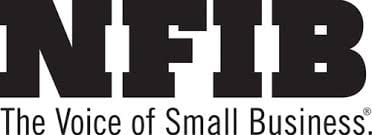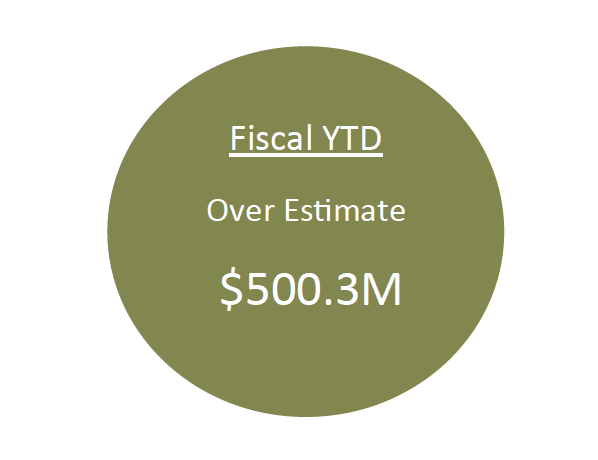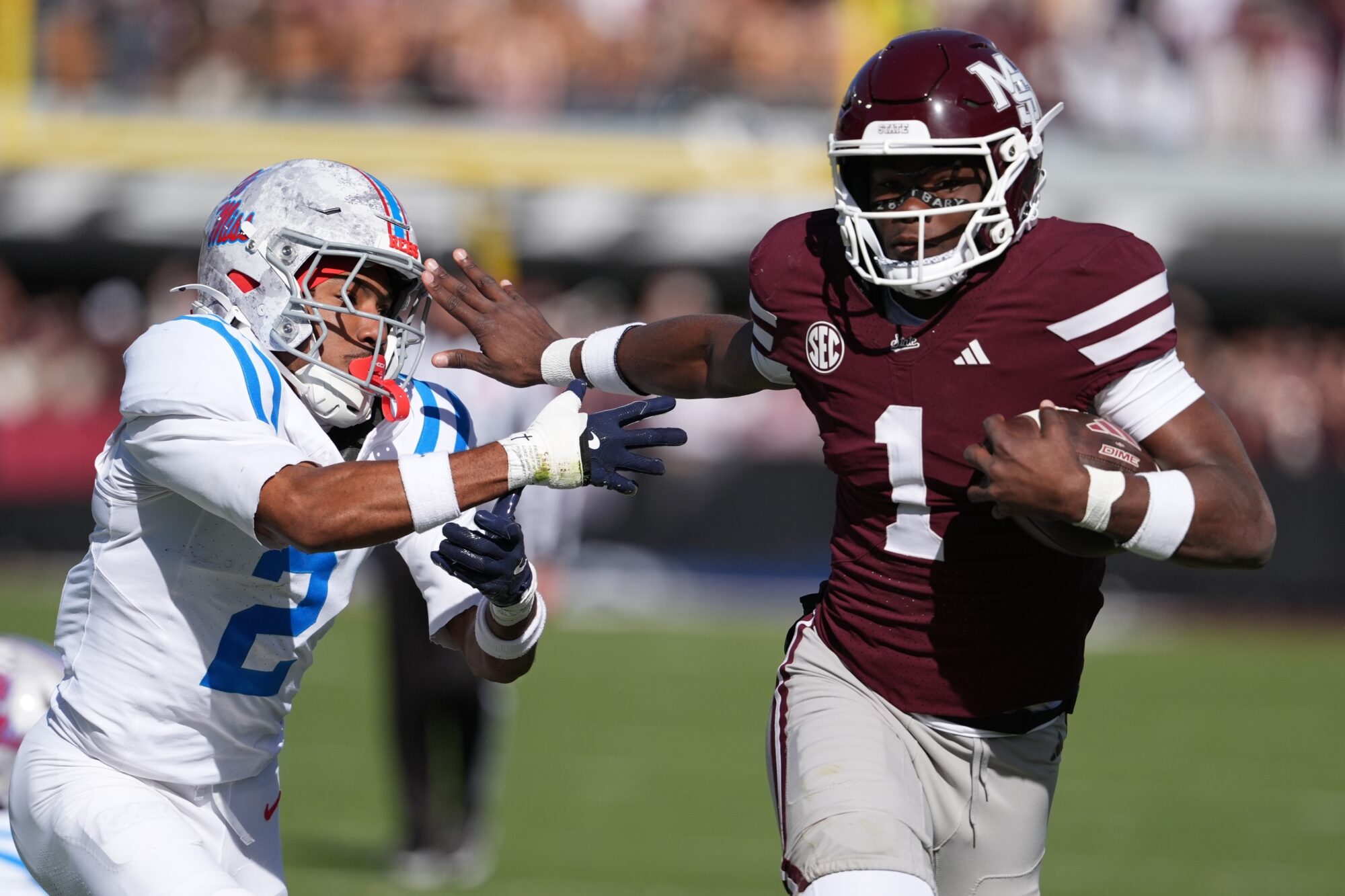
“Small business owners worked hard in February to overcome unexpected weather conditions along with the ongoing COVID-19 pandemic,” said NFIB Chief Economist Bill Dunkelberg. “Capital spending has been strong, but not on Main Street. The economic recovery remains uneven for small businesses, especially those still managing state and local regulations and restrictions. Congress and the Biden administration must keep small businesses a priority as they plan future policy legislation.”
State-specific data is unavailable, but NFIB State Director Dawn Starns McVea said, “It’s been an incredibly difficult year for small businesses, and most owners surveyed by the NFIB Research Center in January doubted the economy will fully recover until 2022, at the earliest, but they’re hopeful the worst is behind us.”
Key findings:
- Five of the 10 Index components improved, four declined, and one was unchanged.
- Forty percent of owners reported job openings that could not be filled, an increase of seven points from January.
- Owners expecting better business conditions over the next six months increased four points to a net negative 19%, a poor reading.
- Earnings trends over the past three months improved five points to a net negative 11% reporting higher earnings compared to the January reading.
As reported in NFIB’s monthly jobs report, 56% of owners reported hiring or trying to hire in February, up five points from January. Owners have plans to fill open positions with a seasonally adjusted net 18% planning to create new jobs in the next three months, up one point from January.
Forty percent of owners reported job openings they could not fill in the current period, up seven points. Thirty-three percent have openings for skilled workers and 16% have openings for unskilled labor.
Fifty-seven percent of small employers reported capital outlays in the last six months, up two points from January. Of those making expenditures, 40% reported spending on new equipment, 28% acquired vehicles, and 12% improved or expanded facilities. Four percent of owners acquired new buildings or land for expansion and 10% spent money for new fixtures and furniture. Twenty-three percent of owners plan capital outlays in the next few months, up one point. Reports of actual spending and spending plans are historically low.
Seasonally adjusted, a net 2% of all owners reported higher nominal sales in the past three months. The net percent of owners expecting higher real sales volumes decreased two points to a net negative 8%.
The net percent of owners reporting inventory increases rose one point to a net negative 3%. A net 5% of owners view current inventory stocks as “too low” in February. A surprisingly low net 2% of owners plan inventory investment in the coming months, down two points from January.
Also seasonally adjusted, the net percent of owners raising average selling prices increased eight points to a net 25%. Unadjusted, 10% reported lower average selling prices and 35% reported higher average prices. Price hikes were the most frequent in retail (39% higher, 11% lower) and wholesale (31% higher, 4% lower). A net 34% (seasonally adjusted) plan price hikes in the next three months, an increase of 12 points over the past two months.
A net 25% (seasonally adjusted) reported raising compensation and a net 19% plan to do so in the coming months.
Nine percent of owners cited labor costs as their top business problem and 24% said that labor quality was their top business problem and the overall concern, leaving taxes and regulatory costs in second and third positions.
The frequency of reports of positive profit trends improved five points to a net negative 11% reporting quarter-on-quarter profit improvement. Among the owners reporting lower profits, 46% blamed weaker sales, 21% cited the usual seasonal change, 8% cited labor costs, 5% cited a higher cost of materials, and 2% cited lower prices. For owners reporting higher profits, 65% credited sales volumes, 17% cited usual seasonal change, and 7% cited higher prices.
Only 2% of owners reported that all of their borrowing needs were not satisfied. Twenty-eight percent reported all credit needs were met and 58% said they were not interested in a loan. A net 1% reported that their last loan was harder to get than in previous attempts.
Click here to view the full report.
Press Release
3/9/2020









